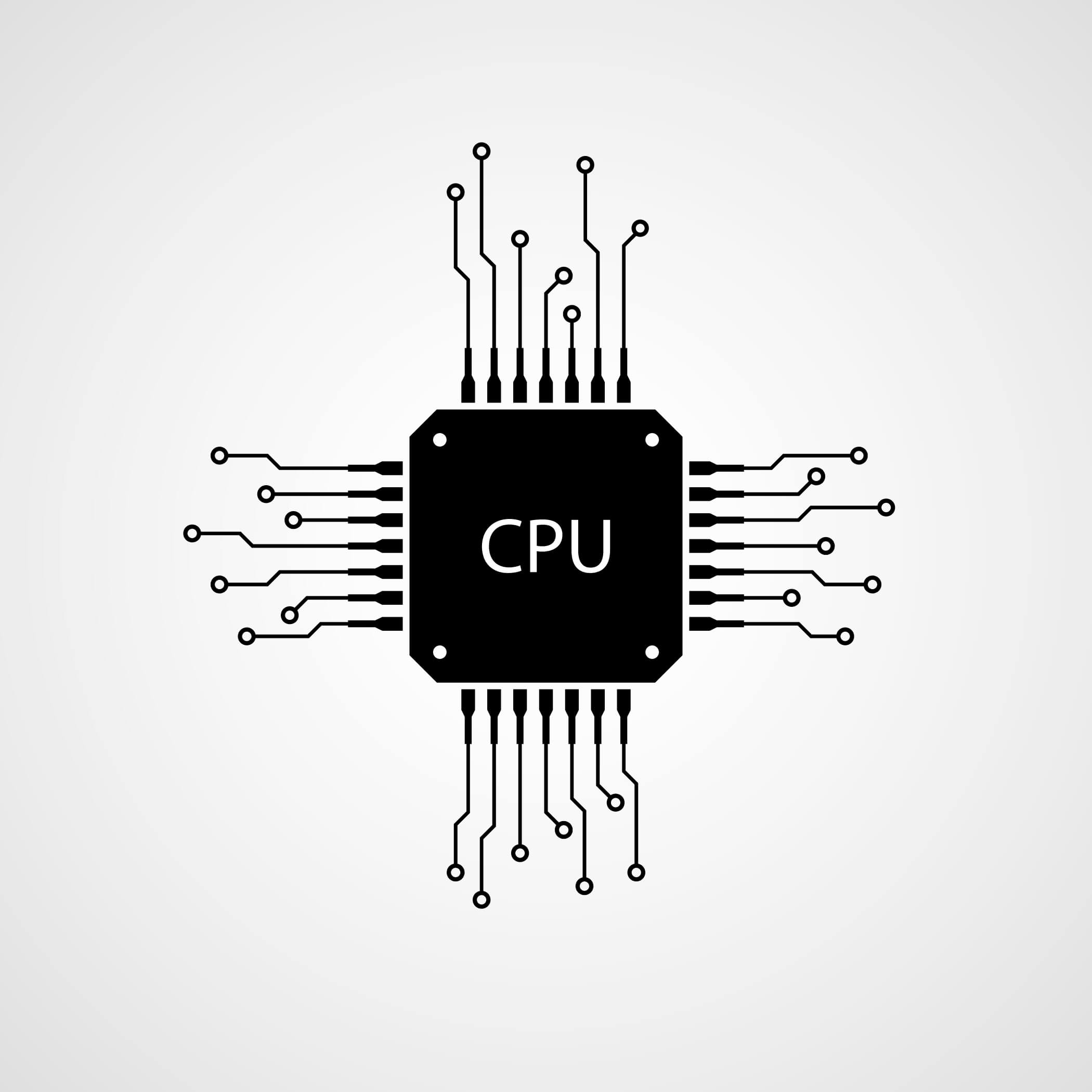Windows has different built-in settings for controlling power consumption and computer performance. These configurations range from basic tweaks to advanced system manipulations. They are used to limit processor peak performance to keep it cool.
This article will show you how to fix CPU overheating by adjusting some registry settings.
Explaining Windows Performance Settings: Basic vs Advanced
Different basic and advanced settings are baked into Windows that allow users to manage how much power their PC consumes.
People who don’t use heavy applications can always get by with basic settings to limit overheating, reduce power consumption, and preserve laptop battery life.
That said, advanced steps, such as changing settings in the Windows Registry, allow users to impose specific technical limits that cannot be overridden.
Windows’ basic settings for reducing CPU temperature involve:
- Graphical user interfaces and settings menus that are easier for average users.
- Power options like Balanced and High Performance that affect the overall system, including the CPU.
- Additional power settings that determine when and how the CPU and other specific hardware devices run.
- Changes that typically apply instantly without needing restarts.
Further Reading: How to Cool Down Your Laptop: Overview of Methods with Pros and Cons
On the other hand, advanced registry settings involve:
- Direct manipulation of lower-level Windows configurations.
- Fine-tuning specific CPU parameters.
- A wider range of granular tweaks for advanced users.
While there are other advanced methods for reducing CPU power consumption, we’ll focus on using the Registry Editor in this article.
How to Cool CPU Temperature Through the Windows Registry
Using the registry to cool down your CPU involves limiting how the processor draws power. The registry contains settings that put a cap on CPU speed and limit the number of active CPU cores.
Related: CPU Cores Explained: Does the Number of Cores Affect CPU Performance?
That said, changing low-level Windows settings through the Registry Editor can be tricky and complex. It can also be risky because mistakes can easily cause unintended instability problems and potentially break your operating system.
So, before you continue, make sure you take precautions, such as backing up the entire registry and creating a System Restore point. That way, you can quickly reverse problematic changes.
You should also carefully follow the steps we’ll show you and avoid taking any detours.
Before we start, we’ll walk you through creating a restore point and backing up the system registry.
Here’s how to create a restore point:
- Open the Start menu.
- Type restore and select the “Create a Restore Point” result.

- Select the drive (usually the C: drive) where you want to create the restore point when the System Properties dialog opens.
- Click the “Create” button.
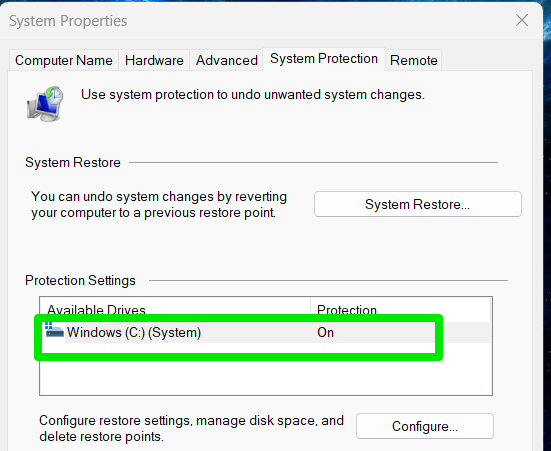
- Enter a name to remember the restore point by.
- Click the “Create” button and wait for Windows to create the restore point. This may take a few moments.
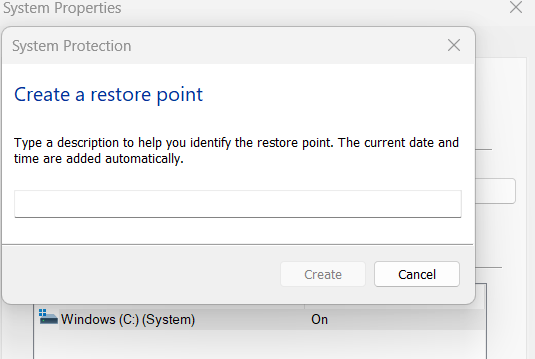
- Once the process is complete, you’ll see a message indicating that the restore point was created successfully.
Further Reading: Ultimate Windows Recovery Guide: How to Restore Your Windows System
Follow these steps to back up the entire registry:
- Press your keyboard’s Win and R keys simultaneously to open the Run dialog box.
- Type regedit into the Run text box and press Enter to open the Registry Editor.
- When the Registry Editor opens, go to the left pane and select “Computer” to ensure you back up the entire registry.
- Click “File” in the top-left corner and choose “Export…” from the menu.

- Select a location to save the backup, enter a name for the backup file, and ensure the “Export range” is set to “All.”
- Click “Save” to create the backup.
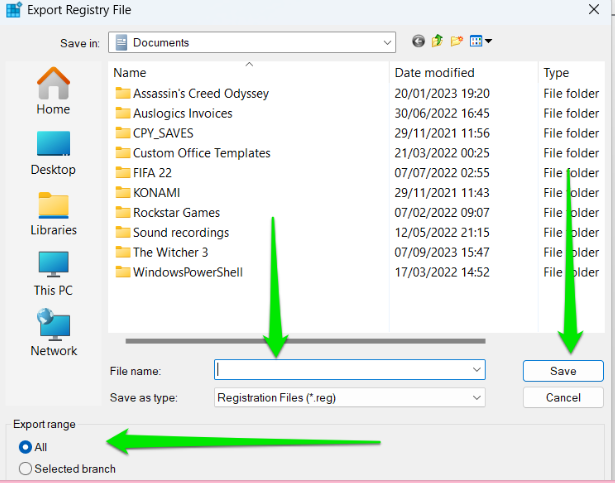
Further Reading: How to Back Up and Restore the Windows 10 Registry
Now, follow these steps to limit your CPU’s top speed:
- Open the Registry Editor.
- Navigate to the following registry key when the Registry Editor opens:
HKEY_LOCAL_MACHINE\SYSTEM\CurrentControlSet\Services\Intelppm
- Go to the right side of the screen after selecting the “Intelppm” key and double-click the “Start” DWORD.
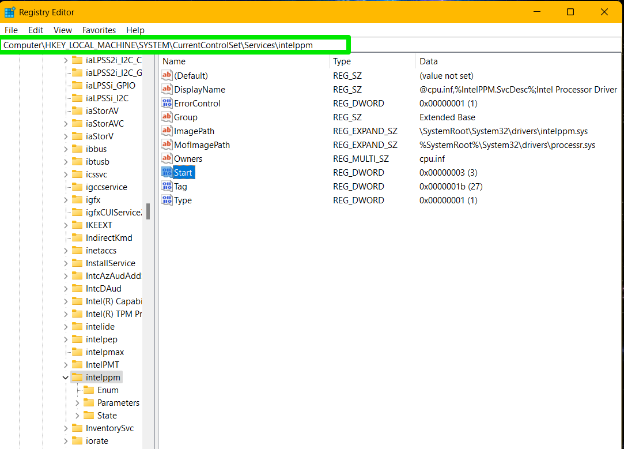
- Enter “3” into the “Value” text box and click “OK.”
Activate Core Parking
Core parking is a Windows feature that allows you to stop using some CPU cores when your computer handles light tasks.
Follow these steps to enable the feature:
- Launch the Registry Editor and navigate to the following key:
HKEY_LOCAL_MACHINE\SYSTEM\CurrentControlSet\Control\Power\PowerSettings\54533251-82be-4824-96c1-47b60b740d00\0cc5b647-c1df-4637-891a-dec35c318583
- Now, go to the right side of the screen and double-click “Attributes.”
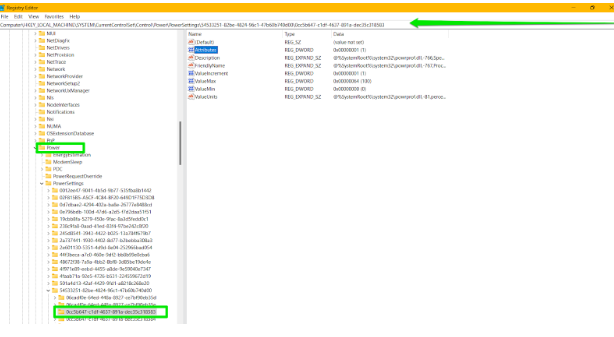
- Type “1” in the “Value” text box and click “OK.”
Advantages and Disadvantages of Using the Registry Editor
- Registry settings allow specific tweaks related to CPU power management, throttling, and core parking.
- Advanced users can finely tune the registry to optimize the balance between performance, cooling, and stability.
- People with light computing won’t have to deal with high temperatures and reduced performance.
- Registry settings leverage software adjustments, reducing the need for cooling hardware upgrades.
- Editing the registry and determining ideal settings requires technical expertise that average users lack.
- Aggressive registry tweaks and unintended errors can lead to crashing, blue screens, or failure to boot.
- Limiting CPU clock speed and parking CPU cores comes at the cost of poor system performance, which could make running intensive tasks almost impossible.
- While registry settings result in some cooling improvements, you still need traditional cooling methods to deal with massive thermal loads.
Conclusion
That’s how to cool your CPU through the registry. You can follow our articles to learn more about fixing laptop and PC overheating problems.
While you’re here, do well to tell us what you think about using the registry and if it helped you resolve your issue.
FAQ
Avoid the registry if you don’t have the technical expertise and are uncomfortable with complex settings. You can get help from an expert if you are determined to use it to cool down your CPU.
HKEY_LOCAL_MACHINE\SYSTEM\CurrentControlSet\Services\IntelPPM\



